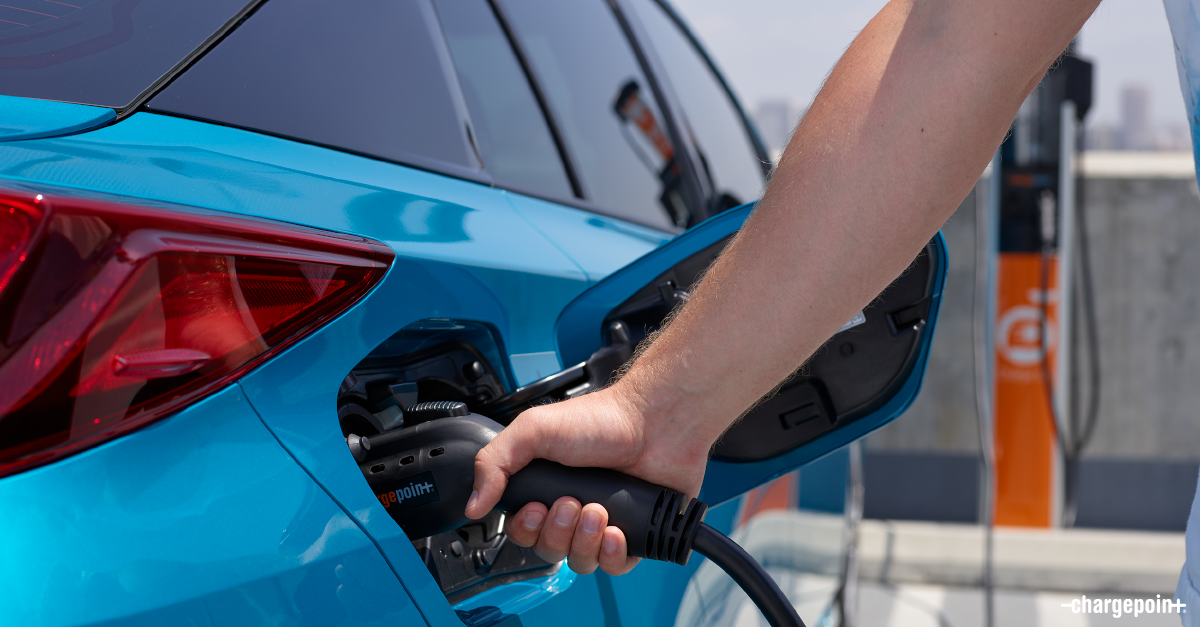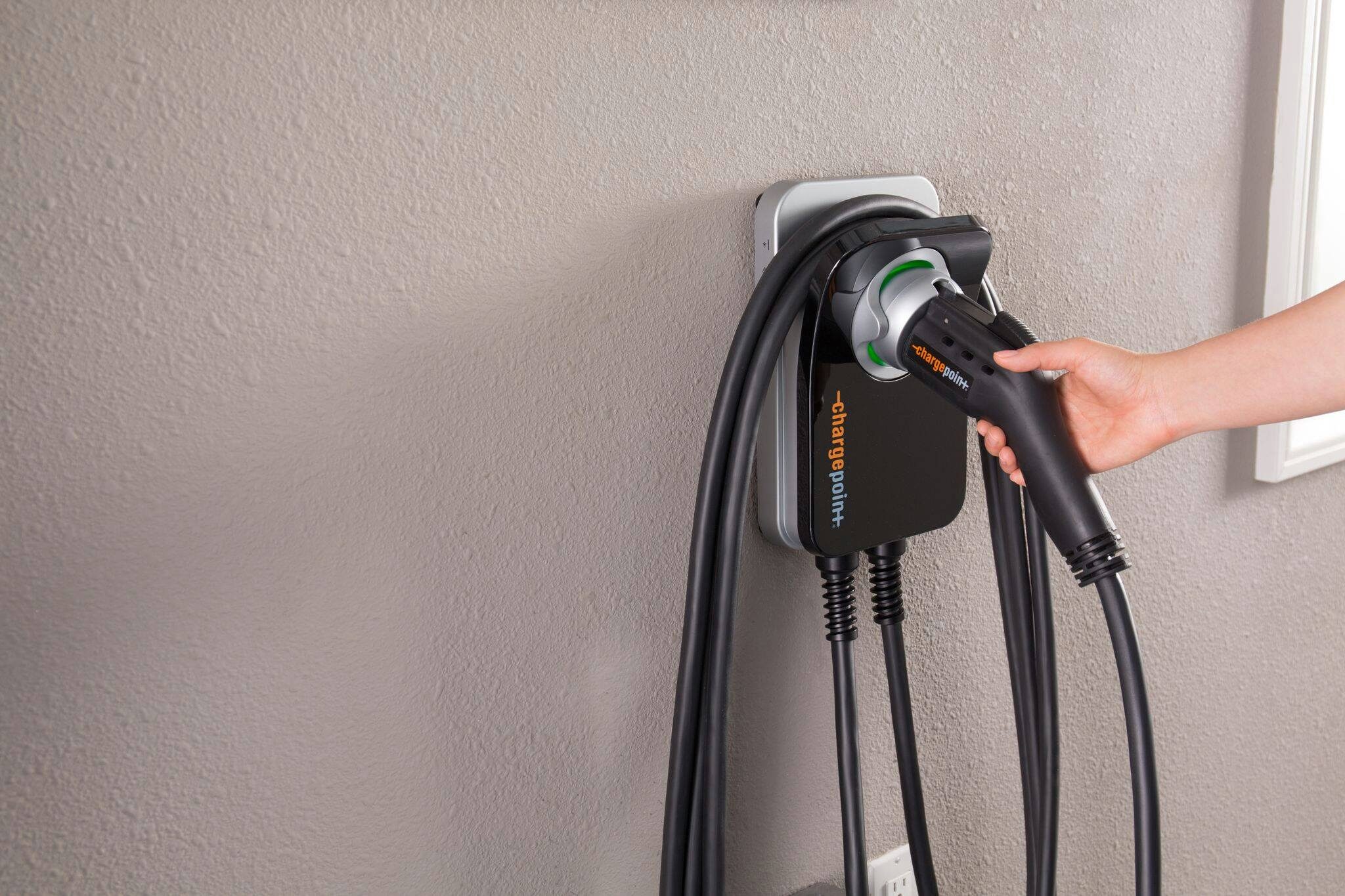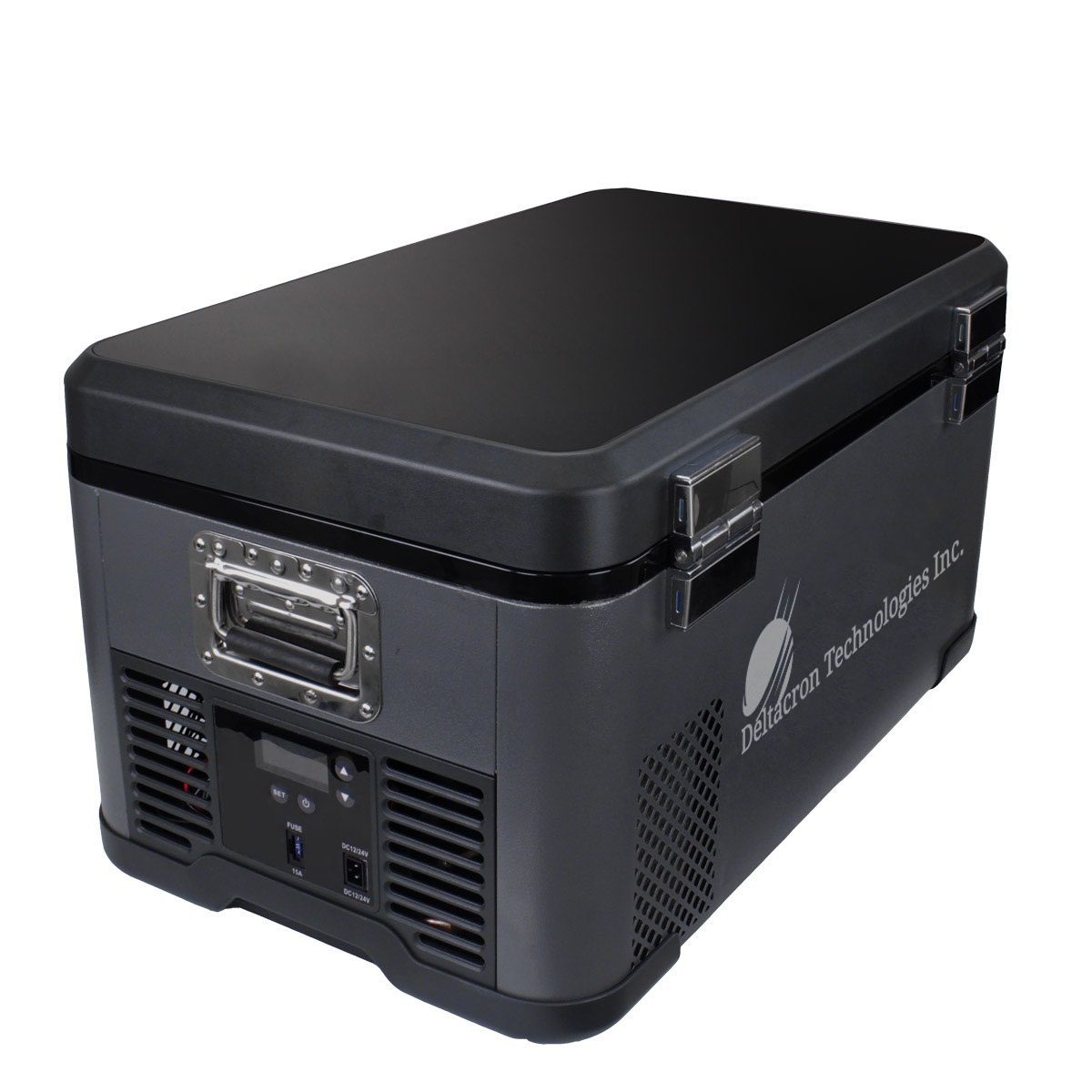With the improvement in technology and drop in prices, but increase in gas prices, more drivers are choosing to go with Electric Vehicles (EV). By 2035, it is estimated 65% of vehicles sold in Canada will be EV, and a total of 85% plus will be Hybrid or fully electric. To fully benefit from these vehicles, a good, affordable, but most importantly, reliable charging port is important. The availability of these ports is also important. Drivers need not to be limited on where, or how far they can travel due to the scarcity of charging ports.
When installed by a certified installer like ourselves, these charging stations are reliable, safe, and easy to use. In addition to the convenience of choosing when to charge, they give you an opportunity to choose whether to use a fast charge port or, if you have some time to kick around the charge port location, a slow charge.

Deltacron Tech has partnered with manufacturers that have a vast network of commercial charging ports making it easy for many drivers to find a port when needed. Our experience and reputation in the renewable energy industry has make it easier for our partners to trust us with installation of these charging ports.
For this reason, Deltacron Tech has combined its expertise in Solar Photovoltaic with that of electric car charging installation ports. Our technicians have had the training from the manufacturers of the charging ports and are licensed and backed by the manufacturers.
At Deltacron, we also offer level 1 charging port supply and installation services. These charging stations use a normal 120-volt connection, which uses any standard household outlet. These charger usually are not bulky and can be kept in the trunk of the vehicle for on the go charging depending on where the driver finds an outlet.
We also have the level 2 charging ports.  These EV chargers use a higher-output 240-volt power source, like the one that you plug your oven or clothes dryer into. Charging times are much faster than with a Level 1 EV charging station. These are installed in the clients home which he/she can use to charge their vehicle while parked at home. Most EV car drivers have these installed for night time charge as they can benefit from the slow charge.
These EV chargers use a higher-output 240-volt power source, like the one that you plug your oven or clothes dryer into. Charging times are much faster than with a Level 1 EV charging station. These are installed in the clients home which he/she can use to charge their vehicle while parked at home. Most EV car drivers have these installed for night time charge as they can benefit from the slow charge.
For the charger that suits your needs, get in touch with one of our associates to discuss.






 charged in 3 ways; 12V car charge, 120/220V wall charge and Solar power from its attached 100W solar panels. This feature alone, makes them the only cooler on the market that can run constantly in an area that completely has no grid power.
charged in 3 ways; 12V car charge, 120/220V wall charge and Solar power from its attached 100W solar panels. This feature alone, makes them the only cooler on the market that can run constantly in an area that completely has no grid power.